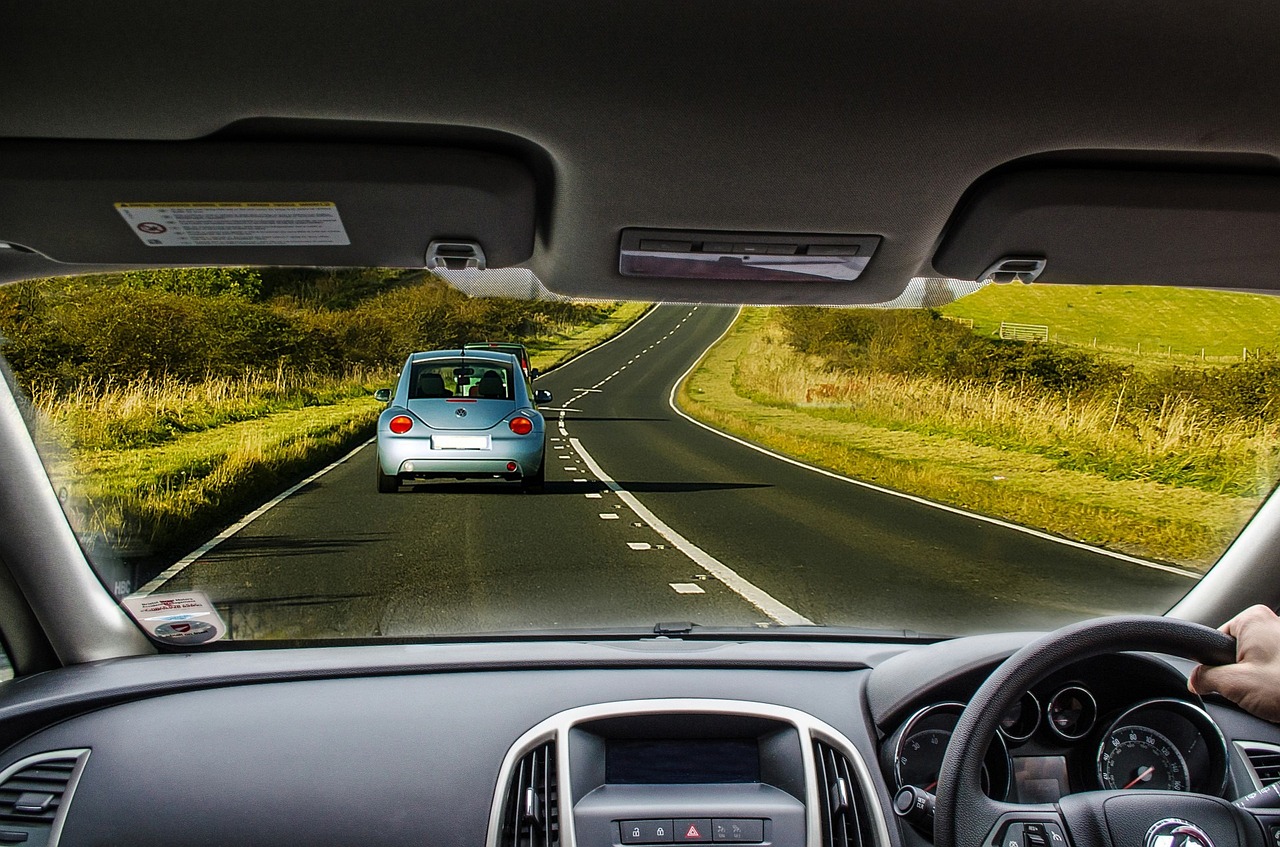I was listening to a podcast recently in which the presenters were discussing the difference between the Marvel Cinematic Universe and J.R.R. Tolkien’s Middle Earth. The particular point of comparison was in the way that travel was treated in the different worlds. One of the speakers remarked at his shock at reading Tolkien’s words, “and they walked for three hours.” Who does that? Nobody! Nobody walks for three hours! In fact, in the MCU, nobody walks for more than a few seconds – everything is so fast-paced that characters are usually depicted running or flying or teleporting everywhere. The MCU and Middle Earth may both be fantasy worlds with their heroes, villains, armies and battles, but as far as their treatment of travel is concerned, they are worlds apart.
As a child, living 240 miles from my maternal grandmother, I wanted there to be a teleport machine. I didn’t really like being confined to the back seat of a car for six hours when we went to see her. Sadly, there was no alternative – we had to spend that long in the car because the roads had speed limits, and it was a long way. The nearest we have to a teleport machine today is video-conferencing technology. This obviously wouldn’t work for a family wanting to spend extended time with each other, but it does have its benefits. I remember school parents’ evenings were transformed by it – no more standing in queues of parents waiting for particular teachers to come free whilst looking across the school hall for others on your list and hoping that you can dash over to them before someone else gets there! No, just the touch of a button at the end of one consultation, and the next member of staff is right there on your screen, all ready and prepared to talk to you about your child.
So, there are aspects of our life today which echo the instantaneousness of the MCU, but Middle Earth, it seems to me, is to be commended for its realism in this regard. Despite the conspicuous absence of elves, orcs, cave trolls and ents from our day-to-day experience of life, a world in which travel takes time is more relatable. And it turns out that the ring bearer’s long hours walking are actually just as much part of the adventure as the battles and escapes that form the bulk of Tolkien’s narrative. In the same way, our own journeys are just as much part of our life as the moments which we might call our highlights. And once we come to terms with this, we can begin to see our journeys in a more positive light. They cease being merely wasted time in between appointments and become opportunities for life in their own right. How can we celebrate the creativity of God in the beauty of the world that we see through the windows of the train? How can we show the kindness of God to those we encounter along the way? What can we learn about patience as we stand in a queue or sit in traffic? Every moment is a moment we can become more like Jesus or more like ourselves.
Easter is on the horizon, and I am very much looking forward to celebrating the resurrection of Jesus and the hope we have in him because he has conquered death. But I am not wishing away the time before that. No day is wasted time just waiting. No. Each day is an adventure with its own challenges and its own joys. Each day of the season of Lent is a day to consider all that Christ has done for me and to grow in my love for him. And then the celebration!
May you know the joy of the Lord as you journey through life.
